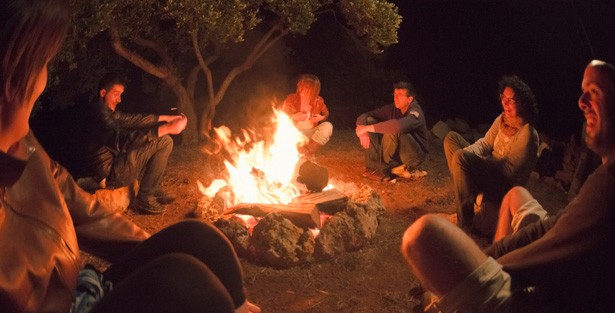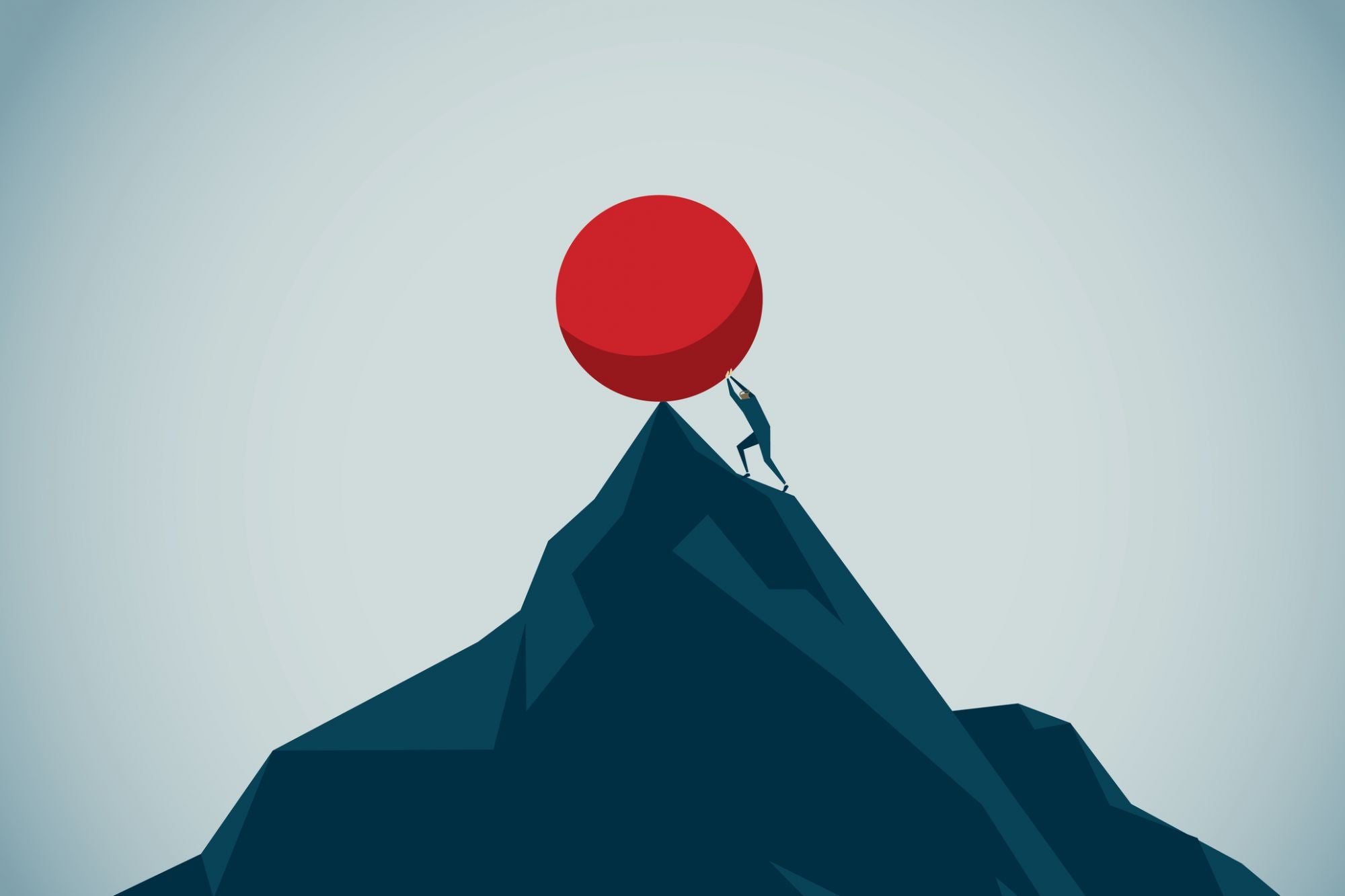The Art of Storytelling
Hieroglyphics. Cave dwellings. Fireside chats. Ghost stories at a campsite that scared you so much you were afraid to go to sleep. Telling stories is one of the most fundamental ways in which we communicate with each other, and while the media through which we do this are changing rapidly, the concept remains the same.

Something happens in our heads, in our brains, when we hear stories. Think about it – how much do you retain, when sitting in a classroom, or watching someone show you a PowerPoint presentation? Now think about how much you retain when your best friend tells you a story about something that recently happened?
When we’re being shown facts and figures, certain areas of our brain take in that information, but when we’re being taught something through a story, our brain automatically puts more of ourselves into that story. More of our neurons are activated when content is delivered in story-form, and the more emotion we hear in the person’s voice or writing as they’re telling us that story, the more we’re relate to those feelings, developing deeper connections.
The same thing happens when we’re the storytellers. The brain of the person telling a story and listening to it, can synchronize – as explained by Uri Hasson from Princeton:
“When the woman spoke English, the volunteers understood her story, and their brains synchronized. When she had activity in her insula, an emotional brain region, the listeners did too. When her frontal cortex lit up, so did theirs. By simply telling a story, the woman could plant ideas, thoughts and emotions into the listeners’ brains.”
Stories put our brains to work. If I were to say: “I ate a steak yesterday”, that doesn’t bring up much in your brain, right? But what if I were to tell you, “I ate a steak yesterday. It was medium, a little pink in the center, and it had just come off the BBQ grill, so it was still juicy and little drippings were sliding off the plate as I was setting it down on the table.” Without even thinking about it, I’ll bet your brain gave you a mental picture of that steak, right? Maybe you could even taste it or smell it, remembering the last really great steak you enjoyed.
How can we use this to our advantage?
If you want to get someone’s attention, or present a case to them during a business presentation, you need to personalize the information. You need to create an emotional connection between the information you want to get across and the person you’re telling the information to.
Storytelling is one of the most powerful ways to make your brand come alive in the minds of both your current consumers, and the consumers you’re trying to reach. If you can give your products and services a story that people can relate to, you’re then able to take your target audience on a journey with you. For people to form a personal connection with your brand, and recognize all the ways it seamlessly fits into their everyday lives, your stories must be honest, inspirational and connect on a real level.
As you’re looking to begin telling your brand’s story, you need to first establish your brand voice in an inviting way – you can then begin to show people who you are, what you stand for as a brand, and how your stories fit relate to those of your audience.
We can get you and keep you on the your B2B content marketing effectiveness and sustainability best practices path. We deliver a measurable ROI. You get the benefits!
Email us – jls@sladegroup.com or call us – 512 799 4676. You’ll be glad you did.











